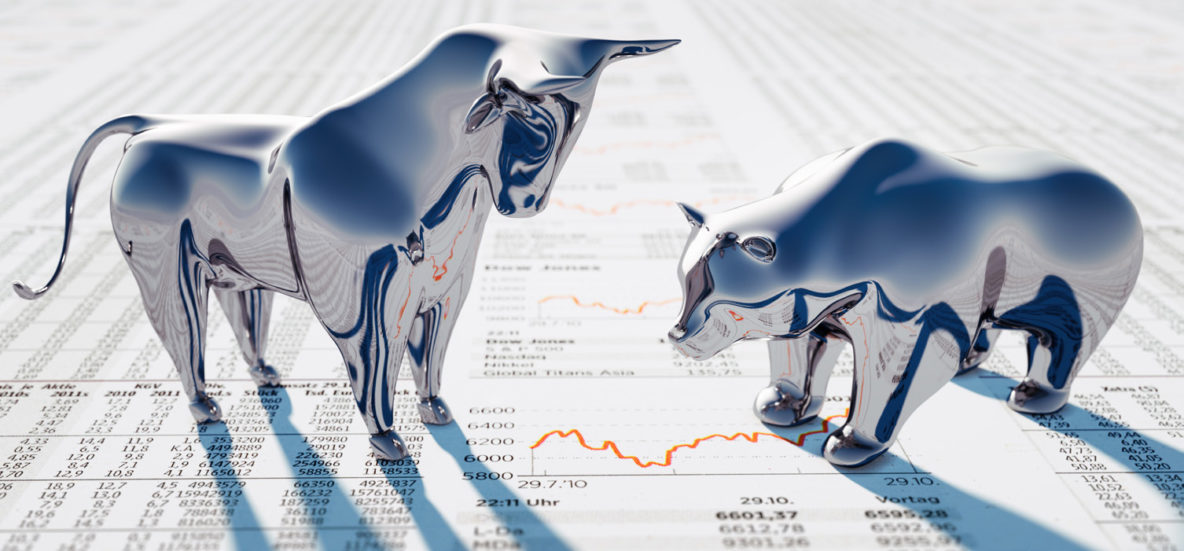It’s only human nature to want to take maximum advantage of a bull market and resist investing in a bear market. But our natural inclinations aren’t always the wisest investment choices.
WHEN MARKETS ARE STRONG
Say that an investor is enjoying solid returns from their equity investments during an extended bull run. This person has a high-interest savings account to meet short-term financial goals and is tempted to withdraw funds from this account to purchase more equities. But chasing performance this way causes two problems. First, investing more in equities raises their portfolio’s risk level beyond their personal risk tolerance. Second, they could jeopardize their ability to meet their short-term goals.
WHEN MARKETS ARE DOWN
Now take an investor facing a different temptation—this time, during a market correction. They’re inclined to stop making regular investments until the market rebounds. But if they’re investing for the long term, this would mean they’ll miss out on the opportunity to buy low and come out ahead after a recovery. Instead of buying low, they’ll resume investing when shares or fund units are more expensive.
INVESTING BEFORE THE RRSP DEADLINE
To take full advantage of the 2022 tax deduction, now is the time of year to top up Registered Retirement Savings Plans (RRSPs). If they’re concerned about prevailing market conditions, some investors park their contribution in cash or cash equivalents within their RRSP, with the intention of moving the funds into their regular investments when the market looks more favourable. The trouble is, because they are betting on a downturn, this manoeuvre only works if markets fall and they buy in at the right time.
As a long-term investor, a more prudent approach can be to invest the funds as usual in your regular RRSP assets. If the next market direction is upward, you benefit now. If markets fall, you expect to come out ahead later during a recovery, when share or unit prices surpass your purchase price.

